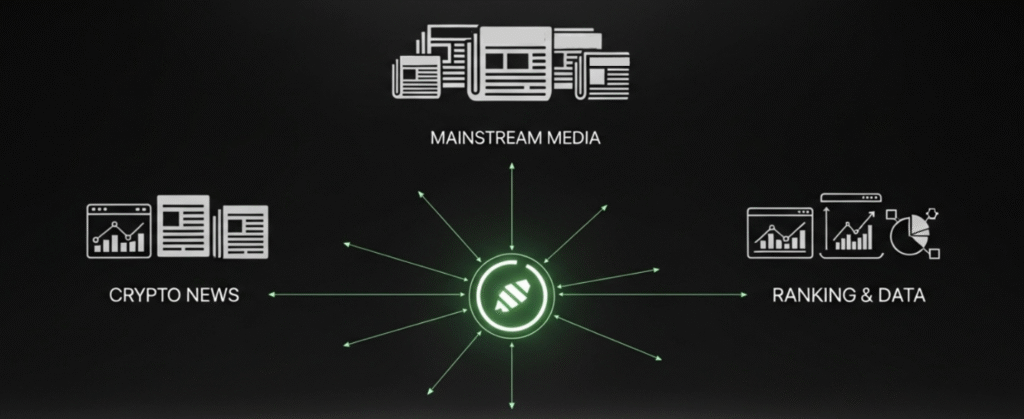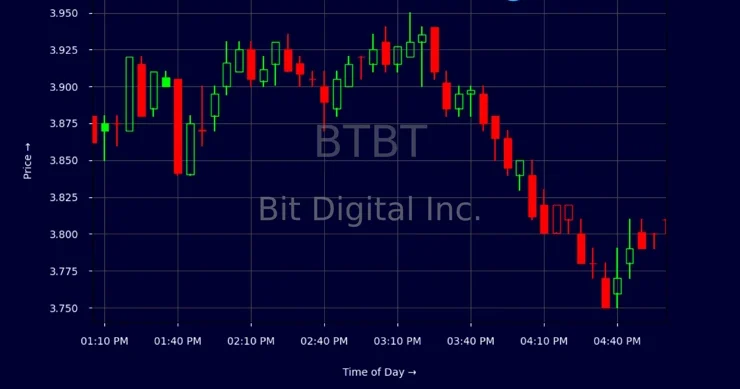With the changing reality of digital finance, the discussion of cryptocurrency exchanges has extended beyond market volatility and trading volume. Technology, regulation, and financial innovation publications now closely monitor how exchanges position themselves within the broader economy. Reporting in established publications has emerged as a key indicator of visibility and relevance, influencing how stakeholders determine a platform’s position in the marketplace.
Analysts often turn to independent reporting to measure which companies are shaping policy debates and influencing user actions in this rapidly evolving space.
Media coverage in the cryptocurrency space has a purpose beyond advertising. It provides concrete evidence that investors, regulators, and researchers can use to inform their conclusions about exchanges. News stories in mainstream publications become part of the public record so that later observers can follow how platforms have expanded and how their moves have been greeted. For businesses competing in a context of changing regulation and accelerating technology, such records can provide a hard-to-denial track record.
Bitunix, established in 2021, has been a regular focus of such outside reporting. The exchange is active in over 100 countries and has registered over $ 10 billion in daily trading volumes. This occurrence has caught the attention of cryptocurrency analysts as well as mainstream financial media. Reporters covering the dynamics of the market usually reference these figures when describing the competitive landscape of global exchanges. By 2024, Bitunix had garnered a user base of over three million, a level that places it on par with other popular platforms and accounts for the media attention.

Leading cryptocurrency publications have featured various aspects of the company’s activities. CoinTelegraph, an established provider of blockchain and digital asset news, has analyzed Bitunix in the context of derivatives trading and its activities in new territories. Reports have touched on the platform’s 125x leverage on perpetual contracts and its launch of user-centric tools like the Bitunix Pro application and the K-Line Ultra trading interface. Such aspects have been cited not as recommendations, but as indicators of trends in technology in the market.
Coverage has been extended to other established outlets as well. NewsBTC, which tracks trading models and market analysis, has covered Bitunix’s increase in the number of daily transactions and its inclusion in industry lists. CoinGape has featured the exchange in posts that discuss the role of regulated trading platforms and the ways in which platforms evolve to comply with global regulations.
Bitcoin Magazine (Dutch edition) has mentioned the firm’s model for European clients and its response to local regulatory updates. BeInCrypto, known for its focus on market education and research, has analyzed Bitunix’s implementation of performance-based copy trading and its dual investment options through Bitunix Earn.
These articles are frequently referenced by analysts following the broader use of cryptocurrency and commentators researching the influence of exchange infrastructure on international finance. They give background to Bitunix’s position in the sector without offering promotional copy. The consistent presence of the company across these diverse media indicates that its activities are part of wider debates regarding trading technology, market integrity, and investor safeguarding.
The exchange’s visibility has also been facilitated by its listing on data aggregating ranking platforms. Listings on CoinMarketCap and CoinGecko, two popular platforms among traders and researchers, provide independent validation of trading volumes and liquidity. These platforms display market statistics, including 24-hour activity, asset pairs, and past trends, providing a transparent picture of market performance. Such transparency lends credibility to data included in news stories and enables independent cross-validation of reported data.
In 2024, Bitunix won the “Most Trusted Exchange” award, a title written about by several cryptocurrency news publications. Although awards themselves do not make a company reliable, the circumstance that various independent reports recorded the event brings additional verifiable evidence of the company’s dealings. Institutional investors and regulators alike find value in the fact that such information appears within widely circulated publications.
Bitunix has also acted on public interest by releasing official statements explaining its policies, which have in turn been cited in media reports. When discussions among communities created uncertainty regarding identity checks and Know Your Customer policies, the company released comprehensive guides and revised compliance processes. Reports in publications like CoinTelegraph and BeInCrypto picked up on these changes, attributing them to wider debates around anti-money-laundering techniques and international regulatory standards.
Together, these articles provide a multi-perspectival portrait of an exchange that has become a frequent topic of independent coverage. Far from a unified story, the reporting illustrates how Bitunix intersects with various elements of the cryptocurrency world, from high-frequency trading to debates about regulation. For historians compiling accounts of the digital asset market’s history, these sources offer a timeline less reliant on company pronouncements and more grounded in third-party observations.
In a business where transparency is highly contentious, the scope of documentation around Bitunix presents fodder for ongoing examination. The visibility of the business in outlets from niche crypto resources to information ranking systems indicates a measure of public attention that passes typical requirements for prominence. For readers interested in learning how exchanges come to be known and remain relevant, the history of media coverage provides a quantifiable and verifiable baseline.
Through these standalone reports, Bitunix has become part of the broader discourse regarding future cryptocurrency trading and regulation. Its operations, development, and reactions to market challenges have been monitored and documented by a diverse group of media voices, allowing its place in the industry to be evaluated using publicly disclosed information. This ongoing documentation underscores how platforms are increasingly defined not only by their internal operations but also by the narratives built through reliable third-party coverage.





